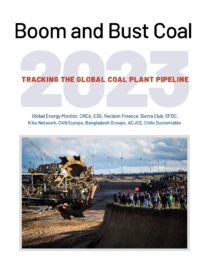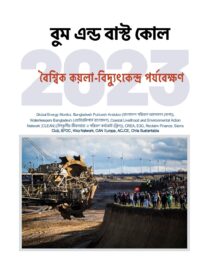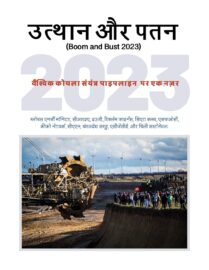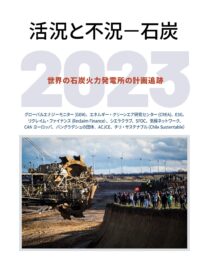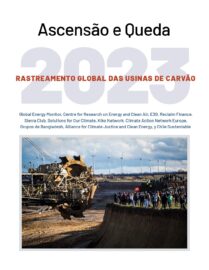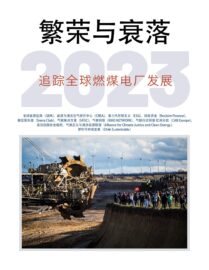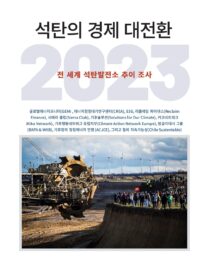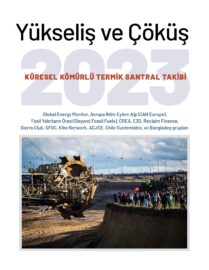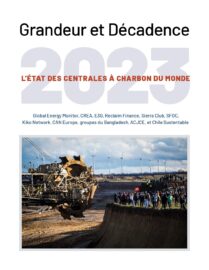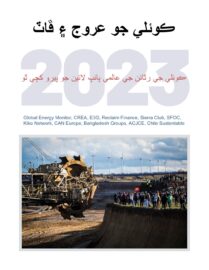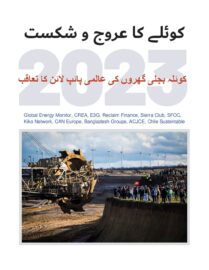The amount of operating and planned coal plants fell in 2022 both in developed and developing countries excluding China, as plants were retired and new projects cancelled, according to Global Energy Monitor’s ninth annual survey of the coal plant pipeline.
But the global pace of retirements needs to move four and half times faster in order to put the world on track to phasing out coal power by 2040, as required to meet the goals of the Paris climate agreement. To stay on track, all existing coal plants must be retired by 2030 in the world’s richest countries, and by 2040 everywhere.
Despite a global gas crunch and price shocks, coal power capacity retirements reached 26 gigawatts (GW) in 2022, and another 25 GW received an announced close-by date of 2030. The amount of planned coal-fired capacity in developing countries, excluding China, fell by 23 GW. However, China's planned capacity increased by 126 GW, far offsetting the changes in the rest of the world.
The report follows the latest warnings from the Intergovernmental Panel on Climate Change that existing fossil fuel infrastructure will consume the world’s remaining carbon budget needed to limit planetary warning to 1.5°Celsius, and as the United Nations unveiled an “Accelerated Agenda” renewing the marching order to wind down coal power globally.
While newly proposed coal power capacity has declined significantly, the world is not retiring existing coal plants fast enough. Phasing out coal power by 2040 would require an average of 117 GW of retirements per year, or four and a half times the capacity retired last year. An average of 60 GW must come offline in OECD countries each year to meet their 2030 coal phaseout deadline, and for non-OECD countries, 91 GW each year for their 2040 deadline. Accounting for coal plants under construction and in consideration (537 GW) would require even steeper cuts.
Key findings:
- Globally, the operating coal fleet grew by 19.5 GW, or less than 1%, in 2022. More than half (59%) of the 45.5 GW of newly commissioned capacity was in China, with 14 countries in total adding new coal power. Outside China, the global coal fleet continued to shrink, although at a slower rate than in previous years.
- Total coal power capacity under development – including pre-construction and construction stages – has remained relatively level since 2019 after a significant collapse from highs in 2014. The figure hit a record low of 479 GW in 2021, but inched back up to 537 GW in 2022, a 12% one-year increase led by China.
- After the European Union retired a record high of 14.6 GW of coal capacity in 2021, the gas crisis and Russia’s invasion of Ukraine prompted a slowdown in coal retirements, with only 2.2 GW retired in the last year. Temporary restarts and extensions are generally expected to wind down in the next few years, and what appeared to be a spike in coal capacity added only 1% to total EU coal generation in 2022.
- The U.S. led coal retirements with 13.5 GW retired in 2022. To meet national energy and climate goals, continued momentum away from coal needs to accelerate.
- India sent mixed signals regarding its future coal use. The country has 28.5 GW of coal power capacity planned, up 2.6 GW in 2022, and 32 GW of coal power capacity under construction.
"The more new projects come online, the steeper the cuts and commitments need to be in the future. At this rate, the transition away from existing and new coal isn’t happening fast enough to avoid climate chaos."
Flora Champenois, lead author and project manager for the Global Coal Plant Tracker
In addition to Global Energy Monitor, the report’s co-authors are the Centre for Research on Energy and Clean Air, E3G, Reclaim Finance, Sierra Club, Solutions for Our Climate, Kiko Network, Climate Action Network Europe, Bangladesh Poribesh Andolon, Waterkeepers Bangladesh, Alliance for Climate Justice and Clean Energy, and Chile Sustentable.

